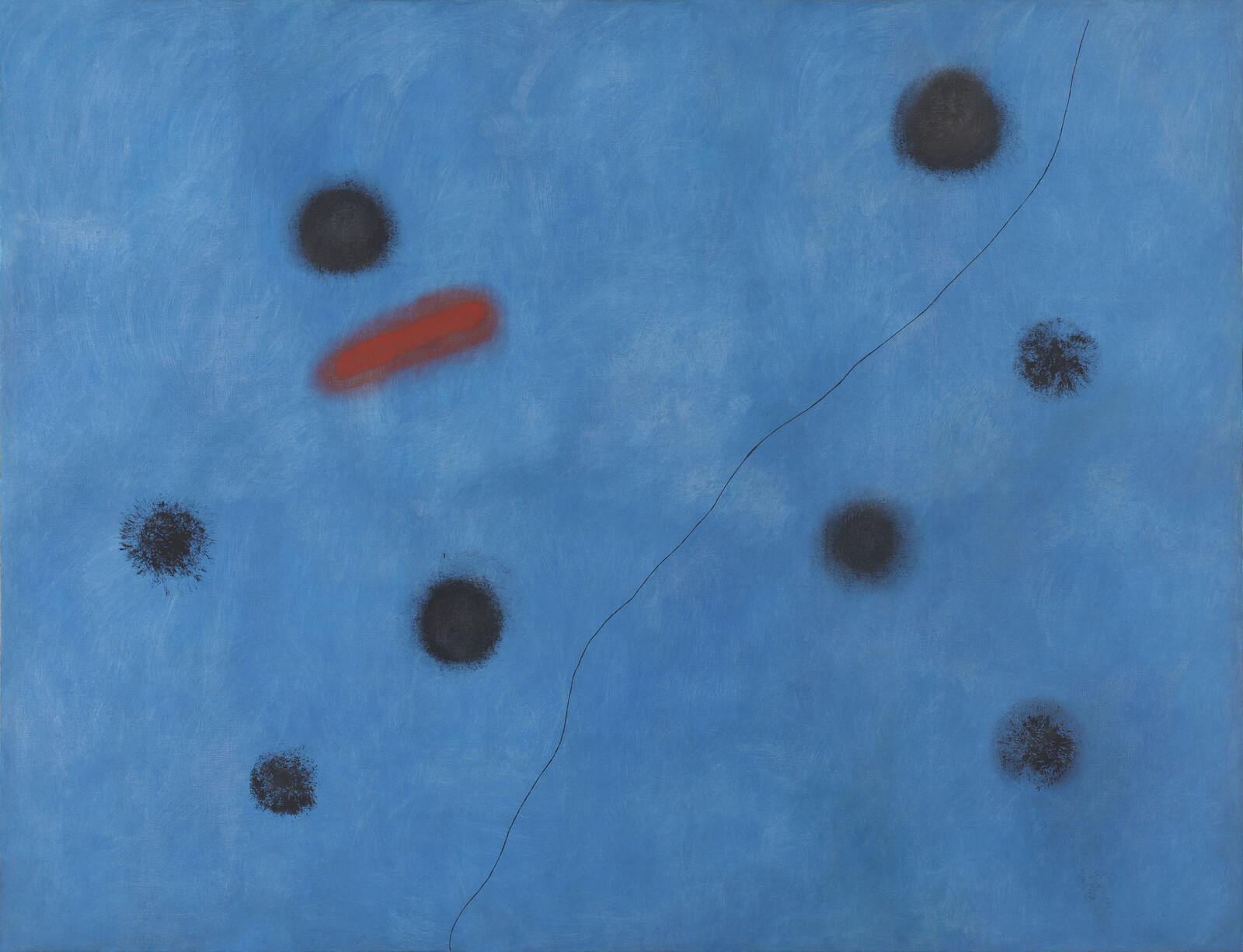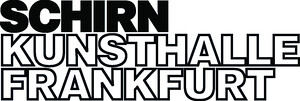February 26–June 12, 2016
Römerberg
60311 Frankfurt am Main
Germany
T +49 69 2998820
welcome@schirn.de
www.schirn-mag.com
schirn.de/miro/digitorial/en/
Facebook / Twitter / Instagram / YouTube / Pinterest / #MIROMIRO / #Schirn
Joan Miró (1893–1983) once famously declared that he wanted to “assassinate” painting. Today he is widely regarded as one of the greatest artists of the 20th century. From February 26 through June 12, 2016 Schirn Kunsthalle Frankfurt presents an until now little discussed aspect of his oeuvre in a focused solo exhibition: Miró’s preference for large-scale formats and his fascination with the wall. In his painterly practice, the wall was the starting point—both as an object to be depicted and as an inspiration for the textural quality of his works. Miró distanced himself from the simple reproduction of reality and equated the picture plane with the wall. He explored the structure of its surface and aimed to dissolve the boundaries of the image space. His particular approach with the wall explains the care with which he selected and prepared the materials and the grounds of his pictures at every stage of his career. Miró’s paintings hereby gained the haptic qualities and textures of wall surfaces. The artist used whitewashed canvas, coarse burlap, Masonite (hardboard), sandpaper and tarpaper in order to create unique visual worlds of outstanding materiality.
The exhibition at the Schirn covers over half a century of Miró’s oeuvre, beginning with his emblematic painting The Farm (La Ferme) (1921/22), continuing with his iconic dream paintings of the 1920s, his key work Painting (The Magic of Colour) (Peinture (La Magie de la couleur)) from 1930, his works and frieze formats painted on unconventional grounds in the 1940s and 1950s and ending with the artist’s late works, such as the monumental triptych Blue I–III (Bleu I–III) (1961) and the extraordinary Painting I–III (Peinture I–III) (July 27, 1973). The Schirn exhibition brings together around 50 works from important museums and public collections across the world, including the Solomon R. Guggenheim Museum, New York; the National Gallery of Art, Washington D.C.; the Museo Reina Sofía, Madrid; and the Centre Pompidou, Paris, as well as important private collections, and aims to present a new approach to Miró’s art.
Max Hollein, director of Schirn Kunsthalle Frankfurt, illustrated the focus of the exhibition as follows: “The importance Miró accorded the wall in his painterly oeuvre is fascinating. His works are powerful, monumental and bear witness to an incredibly original approach—especially when viewed in the flesh. Miró fans and those less familiar with his work will be able to discover unexpected art works in the exhibition. The Schirn’s aim is to provide insights into less well-known work, complexes or themes within the oeuvre of the established master artists of art history: the present exhibition highlights crucial aspects that provide new aspects to looking at Miró’s work.”
Joan Miró. Painting Walls, Painting Worlds is accompanied by a Digitorial, which is the Schirn’s free digital educational format. Whether at home, in a café or on the journey to the Schirn—the Digitorial allows the visitor to immerse him- or herself in the art and cultural historical background and the core topics of the exhibition he or she is about to see beforehand. It is responsive, available in English and German and links multimedia contents in the shape of image, video, sound and text in innovative and engagingly narrated ways. The Digitorial is available online here.
Director: Max Hollein
Curator: Simonetta Fraquelli
Press contact: Pamela Rohde (Head of Press/Public Relations):
T (+49 69) 29 98 82 148 / F (+49 69) 29 98 82 240 / presse [at] schirn.de
Press material: www.schirn.de (texts, images, and films for download under PRESS)



